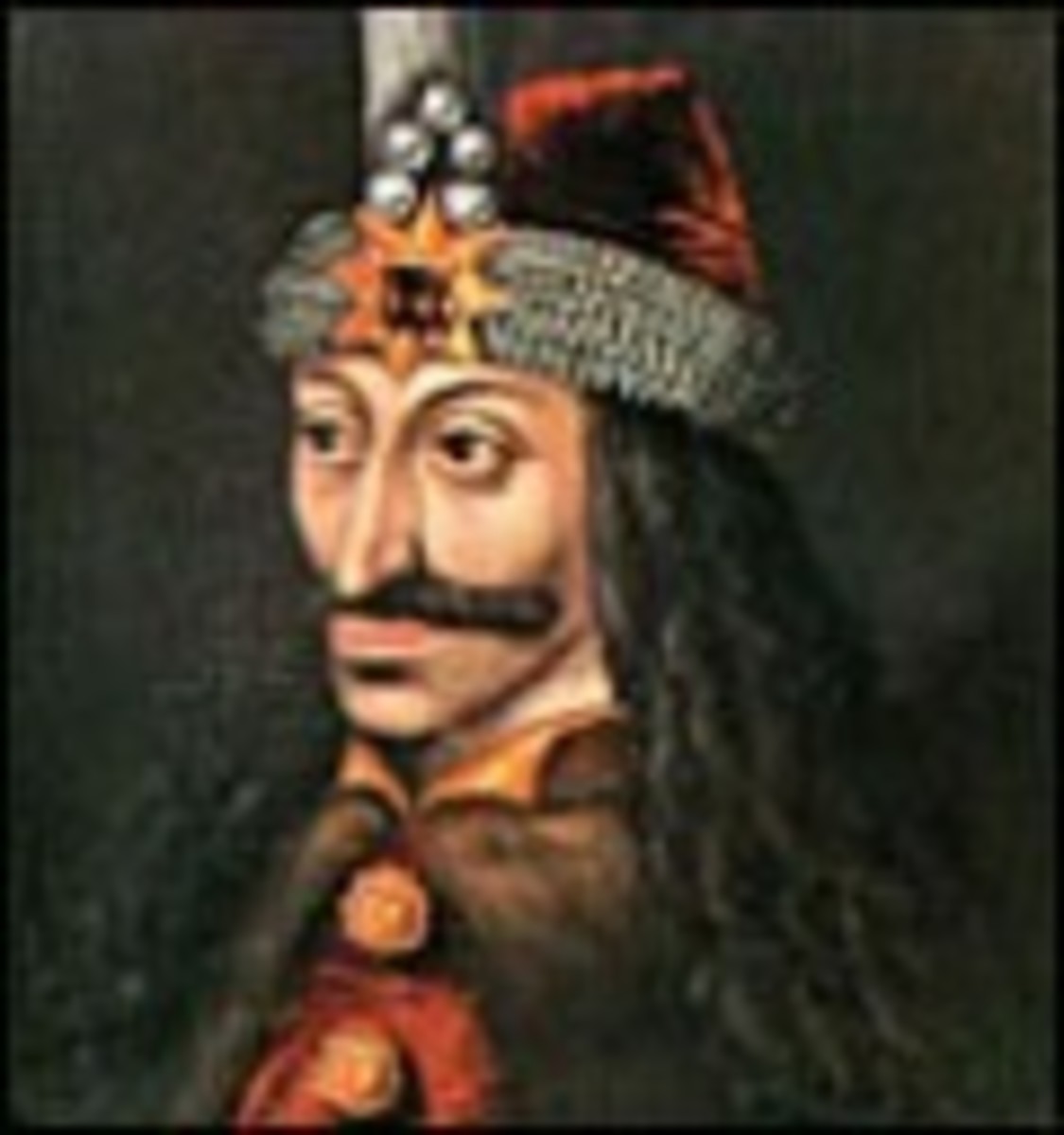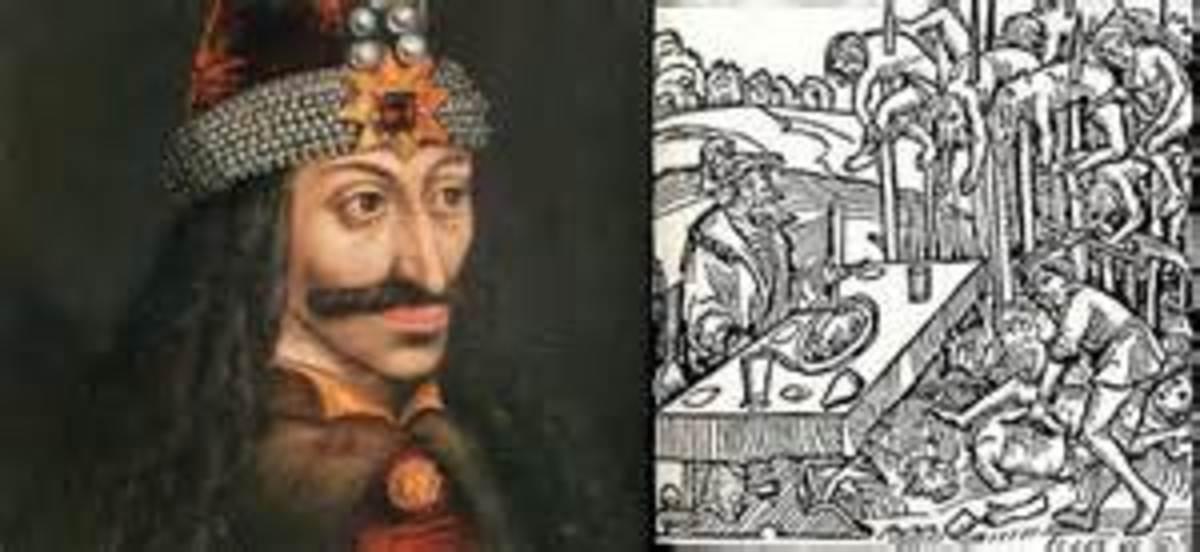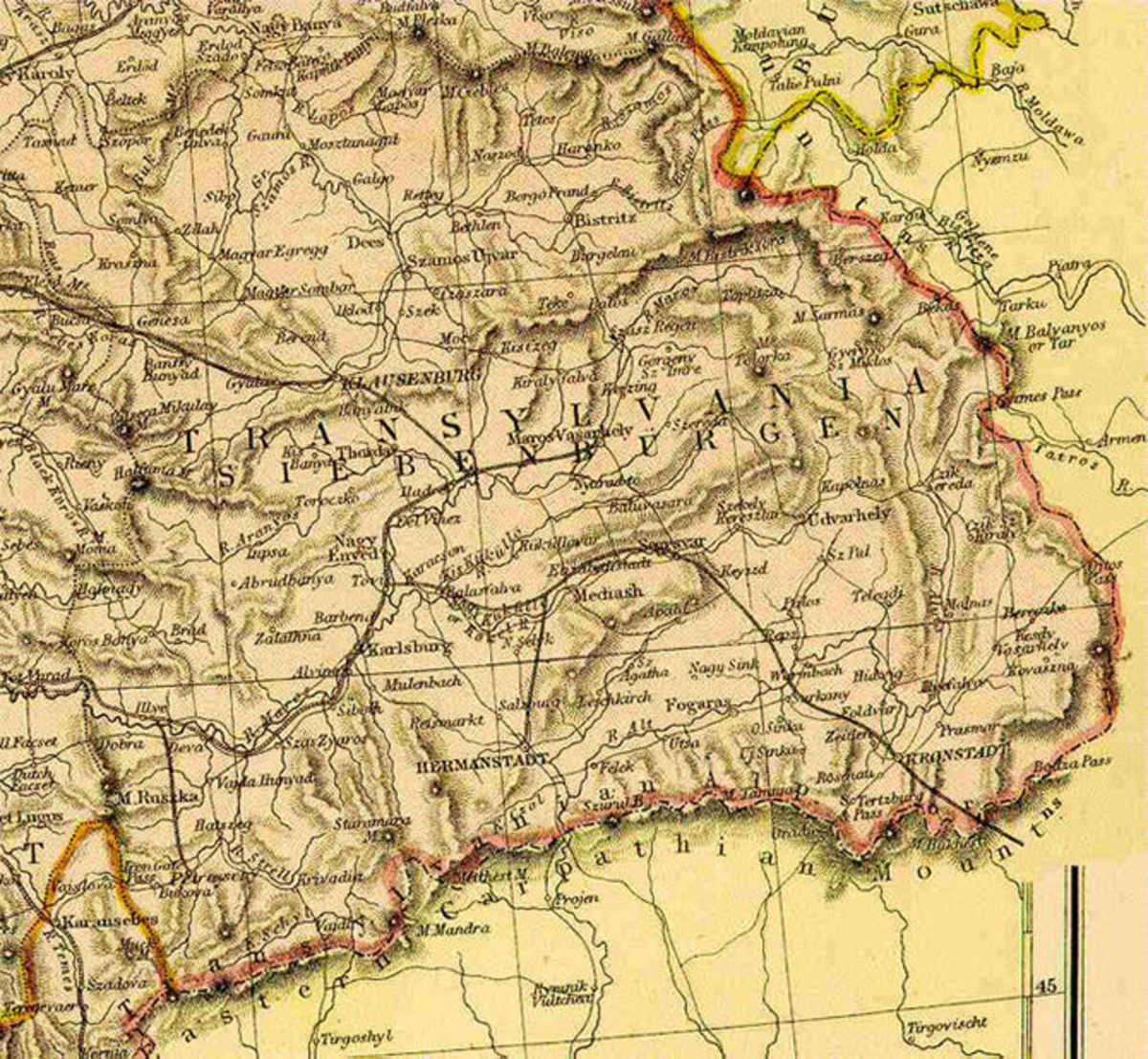Monster or Typical Medieval Ruler?
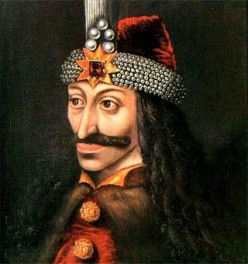
Vlad Tepes is more commonly known today as Vlad the Impaler, and while it is certainly true that he used impalement as a tool of punishment and fear is he one of histories monsters?
Maybe not.
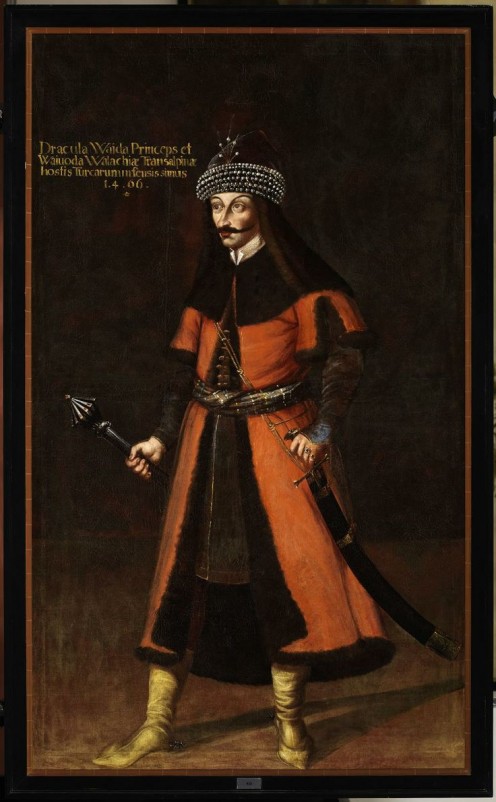
Vlad III (1431-1476)
Vlad III, Vlad Tepes or Draculea (the Romanian spelling) is more commonly known today as Vlad the Impaler, and while it is certainly true that he used impalement as a tool of punishment and fear is it fair to call him one of histories monsters? Maybe not.
In 1442 Vlad and his younger brother Radu were given as "hostages" by their father to the Ottoman ruler Sultan Murad II to ensure their father's loyalty during a time of on-going conflict. While they were "hostages" both young men were educated in the arts, sciences of the day and in the military arts such as horsemanship and swordsmanship. Unlike his younger brother Radu who took well to being a hostage, became the best friend of the Sultans son and even converted to Islam; Vlad III did not look kindly on being a prisoner no matter how gilded the cage was and never viewed the Ottomans as anything other than the enemy. This enmity was most likely his motivation for siding with the Hungarian king in 1448 when he (Vlad) succeeded his father and became ruler of Wallachia.
When Vlad the Third came to power he returned to a country that was militarily weak, were crime was the norm, agriculture was failing and any trade/progress was non-existent. In short he inherited a big mess and knew Wallachia would never be able to stand against a weak enemy nevermind the might of the Ottoman Turks. Vlad III enacted new laws carrying severe punishments in order to get his country under control, one of the primary punishments being the famous or rather infamous act of impalement.
Vlad III did not invent impalement, it had been around for centuries but no one can say that he used it sparingly. While impaling may seem cruel and unusual Vlad III was hardly the first or the last ruler to use impalement. According to Florin Curta at the University of Florida "impaling was used as a form of terror-to terrorize the enemy coming to invade". "He (Vlad III) had to do a lot of things with very limited resources. He actually used efficient methods to fight against a larger, better equipped enemy without having that many men at his disposal." Many historians have taken to labeling Vlad's actions as "psychological warfare".
Many historians when closely examining the actions of Vlad III say that he (Vlad) was not exceptionally cruel in comparison to previous rulers in history or to other rulers at the time but rather did what was needed to protect his people and lands from a larger invading force. Impalement according to Curta wasn't just a way to get rid of the enemy in front of you, it was a good way of scaring off future opponents.
Castle Bran
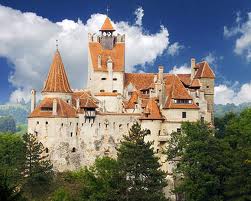
Vlad III knew that he would never be able to defeat the Ottomans who had started coming enforce in 1459 on the open battlefield so he employed a campaign of fear tactics (impalement) and guerrilla warfare.
After killing 10,000 of Murad II's troops and 23,000 Muslims the Ottoman Sultan sent a force of 90,000 men to deal with Prince Vlad. Unable to stop this force by "traditional" means Vlad III used harassing tactics such as poisoning water supplies, diverting streams to create swamps and even acts of biological warfare by sending people infected with lethal, contagious diseases to mix with the Sultans troops. Again as with impalement this is nothing new. The Huns, Mongols, Vandals, Romans, Egyptians and many others had been using the same tactics for thousands of years, we still use many if not all of these tactics today.
As for persisting rumors that Vlad III drank the blood of his enemies which breathed life into Bram Strokers tales of Dracula, the translations of stories of Vlad in regards to this are according to historian Elizabeth Miller "tragically flawed". According to Miller the text should be translated as "he washed his hands in the blood of his enemies", which while still disgusting is quite different from drinking blood. According to Professor Curta of the University of Florida "Strokers bloodsucking tales may have been influenced by folklore of the region, that pre-dates Vlad III, and that these tales have nothing at all to do with the historical figure of Vlad the Impaler".
The title of "the Impaler" was in fact never used during Vlad III's lifetime and was not coined until some years after his death. Many of the "facts" people know of Vlad Tepes come from a German pamphlet which appeared in 1462 believed to have been written by a German Saxon with an axe to grind due to Vlad's treatment of Saxon settlers who he saw as not contributing to the good of the country (and he wasn't wrong about that). Over time many other stories emerged designed to horrify and blacken Vlad the Thirds reputation.
Originally this was done for political purposes but as time passed and the tales became more lurid it became a form of entertainment for the masses, as evidenced by the wildly successful Stroker's Dracula.
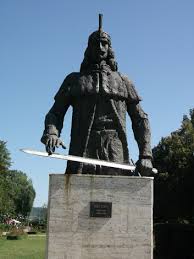
Today while many in the western world view Vlad III as a tyrant and a agent of evil, he was in fact a devout Christian warrior fighting to keep the Muslim Turks out of Hungry/Romania.
Eastern Europeans have a very different viewpoint of Vlad the Impaler than Westerner's do and that is one of National Hero and proud Christian warrior.
In 2006 a poll taken in Romania listed Vlad III as one of the "100 Greatest Romanians" of all time. In fact out of the 100 Romanians listed Vlad Tepes came in at number 12.
So while you really didn't want to get on his bad side he was not insane nor as sadistic as the Ottoman and German sources would have us believe. (This in no way means he was a nice guy however.)

